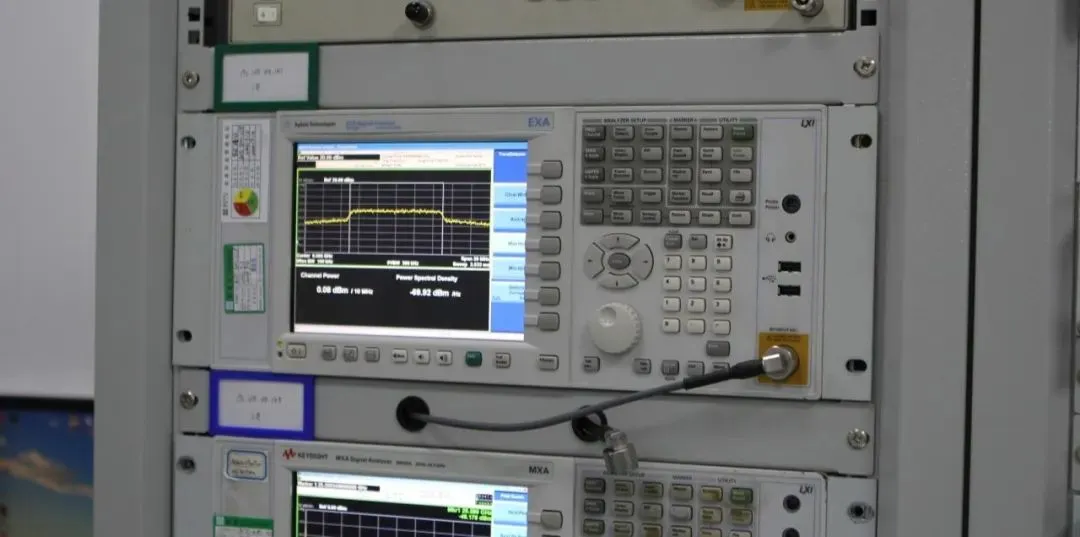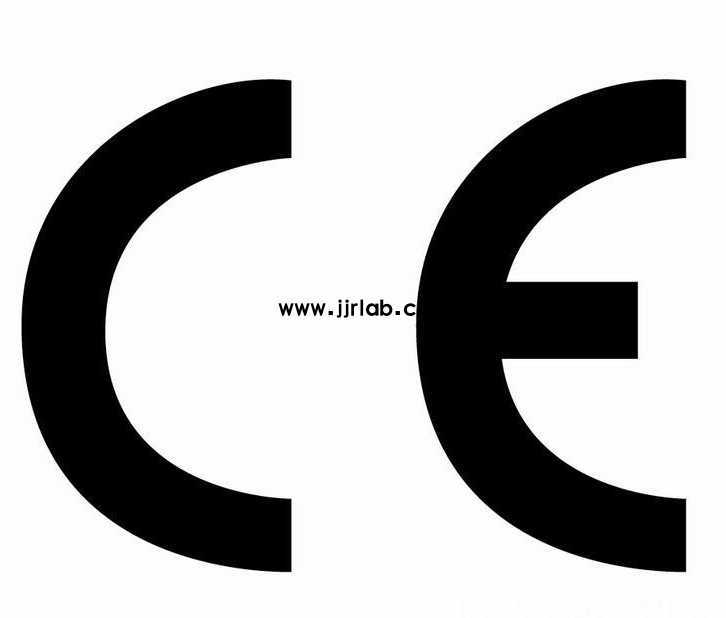
How to get an ETSI EN 300 328 Test Report?
The EN 300 328 standard applies to devices operating in the 2.4 GHz ISM band using wideband digital transmission techniques, including common products like Wi-Fi 2.4G, Bluetooth, and ZigBee. As a large number of radio devices operate in this frequency band, EN 300 328 provides specifications to ensure that these devices do not interfere with each other or pose a risk to human health. It also sets clear requirements for the minimum performance of radio receivers to improve spectrum efficiency.

Main Test Items:
1. RF Output Power:
Tests whether the transmit power of the device under different operating modes complies with the limits set by the standard, ensuring that it does not interfere with surrounding wireless devices or the electromagnetic environment.
2. Power Spectral Density:
Reflects the power intensity of a signal across different frequencies. It is especially usefUL for analyzing non-periodic or random signals.
3. Spurious Emissions:
Tests for emissions at one or more frequencies outside the necessary bandwidth. These emissions can be REDuced without affecting the transmission of intended information. Spurious emissions include harmonic emissions, parasitic emissions, intermodulation products, and frequency conversion products, but exclude out-of-band emissions.
4. Occupied Bandwidth:
A core parameter to measure the efficiency of signal spectrum usage and the intensity of potential interference. It refers to the frequency range within which the signal energy is concentrated.
5. Receiver Sensitivity:
Tests whether the device's receiver sensitivity meets the standard to ensure it can receive signals from other surrounding devices.
6. Receiver Spurious:
Refers to unwanted frequency components received by the receiver that are not part of the intended signal. These spurious signals can interfere with the normal operation of the receiver, affecting demodulation and processing, thereby degrading system performance and reliability.
7. Adaptivity:
This test determines the device’s performance in environments with channel interference. The device under test is subjected to different test signals depending on its operating state:
- Interfering signal
- Receiver blocking signal
A spectrum analyzer monitors the device's behavior within its operating frequency range to determine whether it meets the standard’s operational requirements.
8. Receiver Blocking:
This refers to the receiver’s ability to maintain performance while receiving the desired signal in its operating channel, even when unwanted signals (blocking signals) are present outside the listed operating bands.
Applicable Standards:
- ETSI EN 300 328: Targets products using frequency hopping spread spectrum (FHSS) or direct sequence spread spectrum (DSSS) techniques in the 2.4 GHz band.
- ETSI EN 300 440-2: Targets short-range devices (SRD) operating in the 1 GHz to 40 GHz frequency range.
From the scope perspective, EN 300 440-2 covers a broader range of products, including those under EN 300 328. When selecting the appropriate standard for a 2.4 GHz product, the modulation type—whether it uses frequency hopping or spread spectrum—should be used to determine which standard to follow.
Email:hello@jjrlab.com
Write your message here and send it to us
 Differences Between FDA and LFGB for Food Contact
Differences Between FDA and LFGB for Food Contact
 Process and Precautions for Amazon CPC Certificate
Process and Precautions for Amazon CPC Certificate
 E-mark Certification Testing Service Laboratory
E-mark Certification Testing Service Laboratory
 Amazon ISO/IEC 17025 UL Testing Service Laboratory
Amazon ISO/IEC 17025 UL Testing Service Laboratory
 How to get CE Certification for Lighting Products?
How to get CE Certification for Lighting Products?
 CE Certification Standards & Process for Elect
CE Certification Standards & Process for Elect
 Japan METI Registration & Japanese Agent Servi
Japan METI Registration & Japanese Agent Servi
 Temperature Shock Test (IEC 60068-2-14:2009)
Temperature Shock Test (IEC 60068-2-14:2009)
Leave us a message
24-hour online customer service at any time to respond, so that you worry!




